Outline
- Sunblock or sunscreen: which is better?
- Ultraviolet radiation
- Are you confused with wavelength and nm?
- Do you know how many types of ultraviolet rays there are in sunlight? And what can it do to you?
- Sunblock
- Ingredients of sunblock and their benefits
- Pros and Cons of physical sunscreen or sunblock
- Sunscreen
- Ingredients of sunscreen and their benefits
- Pros and Cons of sunscreen
- Conclusion
- Announcement
Are you confused about what’s the difference between sunblock and sunscreen and want to know “Sunblock vs sunscreen, which is better?“ Then this article is for you.
Before going into details I recommend you to learn the following terms so that you can best understand them before going to it. So that you learn “how it affects the skin and how you can find remedies”.
Ultraviolet radiation:

Ultraviolet is electromagnetic radiation with a wavelength of 10 to 400 nm.
Are you confused with wavelength and nm?
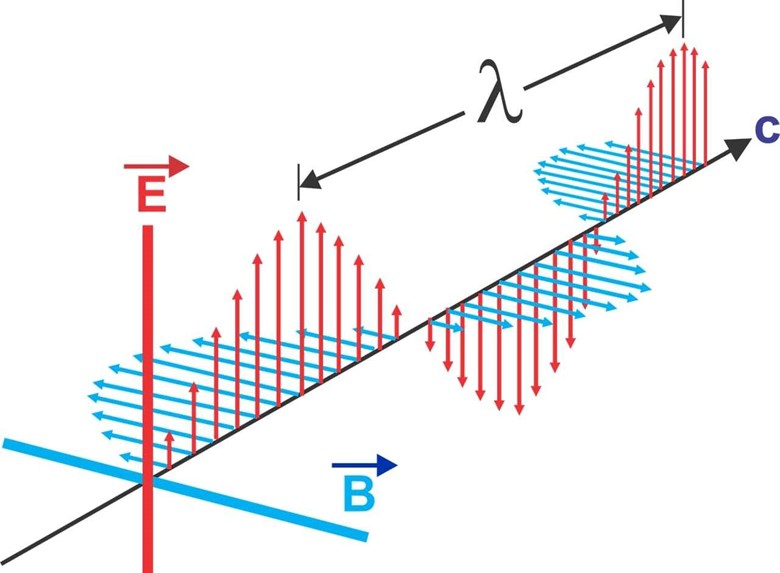
Don’t worry I am not leaving it. Well, the radiation travels in the form of waves which consist of wavelength, and wavelength is the distance between two consecutive crests or troughs and is represented by lambda (λ), while nm (nanometer) is one billionth of a meter (Crest and trough make the wavelength). The human eye can see wavelengths between 400 to 700 nm.
Do you know how many types of Ultraviolet rays are there in sunlight? And what it can do to you?
Sun has three types of Ultraviolet rays.
- UVC
- UVB
- UVA

UVC is a dangerous type of radiation and has a short wavelength. However, it is completely filtered by the atmosphere’s ozone layer.

It is present in Mercury lamps, and welding torches so stay away from them because UVC causes skin cancer with premature aging.
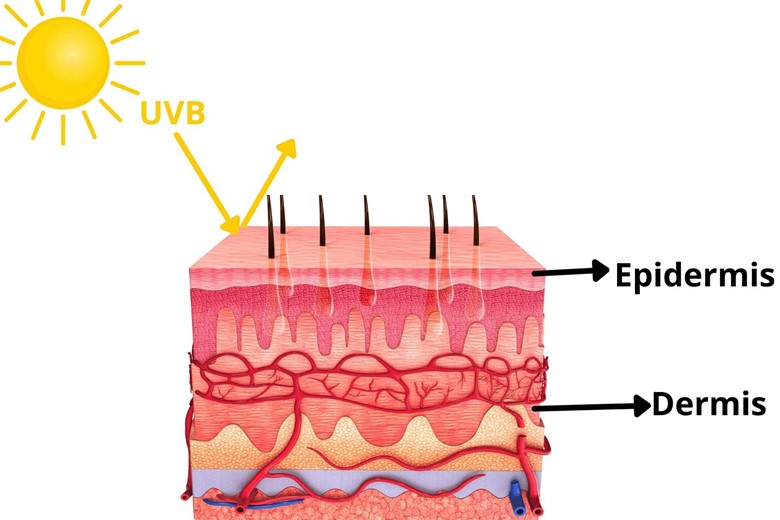
UVB is medium wavelength radiation, which cannot penetrate beyond the skin’s superficial layer.
UVA accounts for about 95% of ultraviolet radiation reaching the earth’s surface. It can penetrate the deeper layer of the skin and is responsible for the immediate tanning effect of the skin. Besides these, UVA also contributes to skin aging and wrinkling.
Comparison between UVB and UVA:
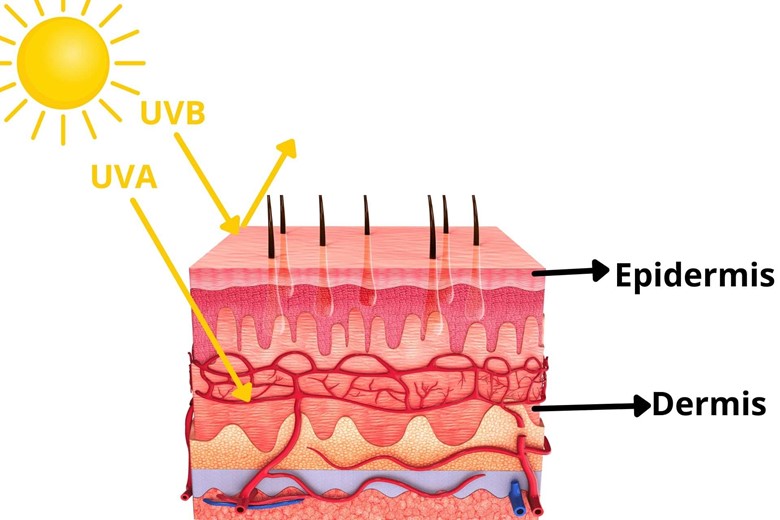
We can see in the picture that UVB is reflected by the skin’s outer layer while UVA penetrates deep into the skin.
Sunblock:
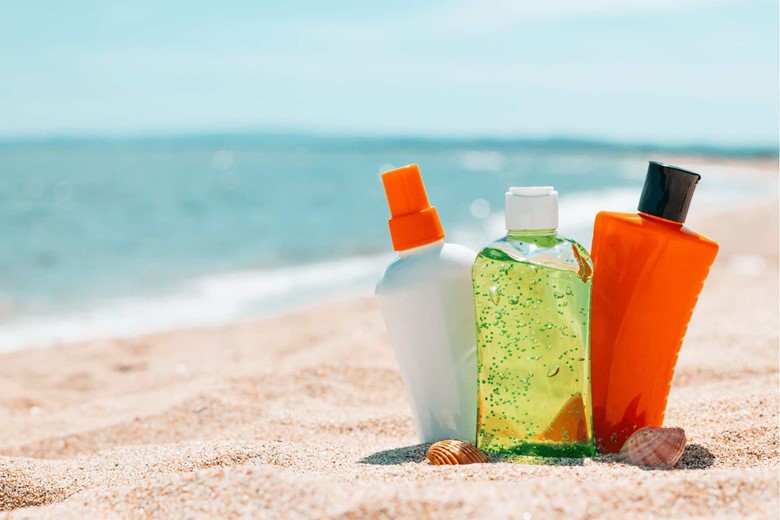
Sunblock is cream, gel, foam, or lotion that reflects the ultraviolet rays of sunlight. Generally, Sunblock consists of zinc oxide and titanium dioxide. It is also called physical sunscreen.
Hold on let me ask you how these ingredients work?
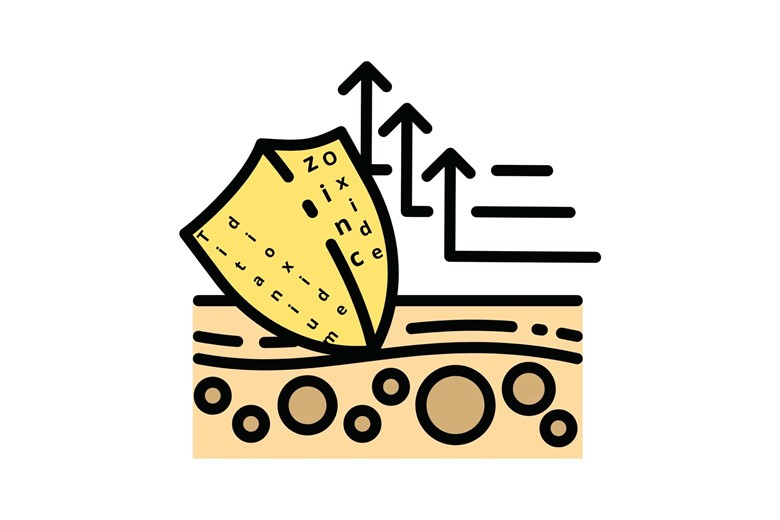
Ohh that’s a good question, Well these ingredients zinc oxide and titanium dioxide make a layer on the skin and then deflect the UV radiation so that it doesn’t penetrate the skin.
Benefits of zinc oxide:
1) Nano-particles:

Zinc oxide is now scaled down into very small particles called Nano-particles of 30 to 200 nm, which make a slightly opaque layer making it ideal for lighter skin.
2) Germicide:
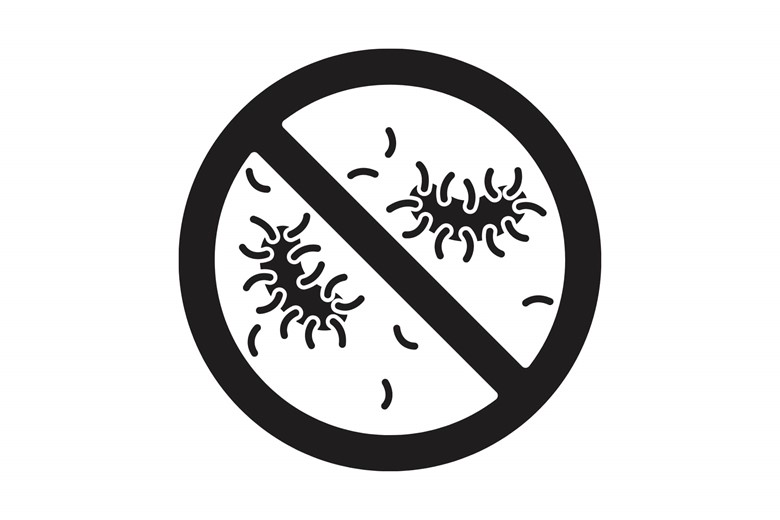
Zinc oxide has an antibacterial effect and can help heal wounds by making them germs-free.
3) Non-comedogenic:
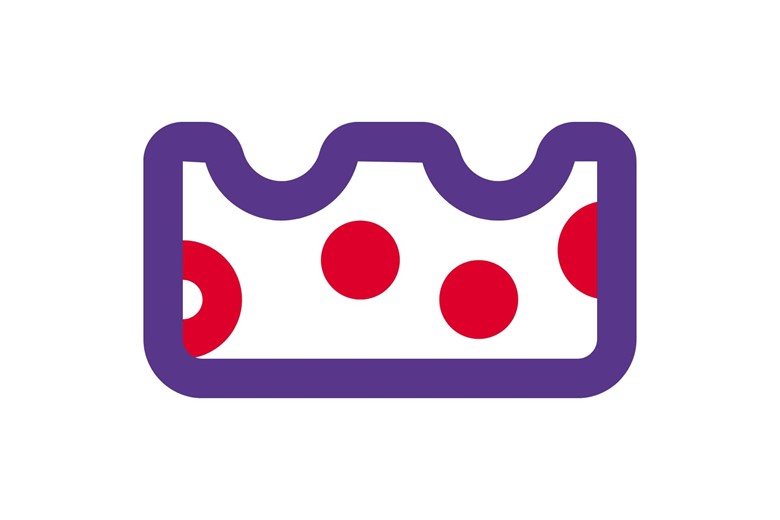
Comedogenic means blocking skin pores but luckily Zinc oxide is non-comedogenic which means it is oil-free and won’t block the skin pores.
4) Ultraviolet protection:
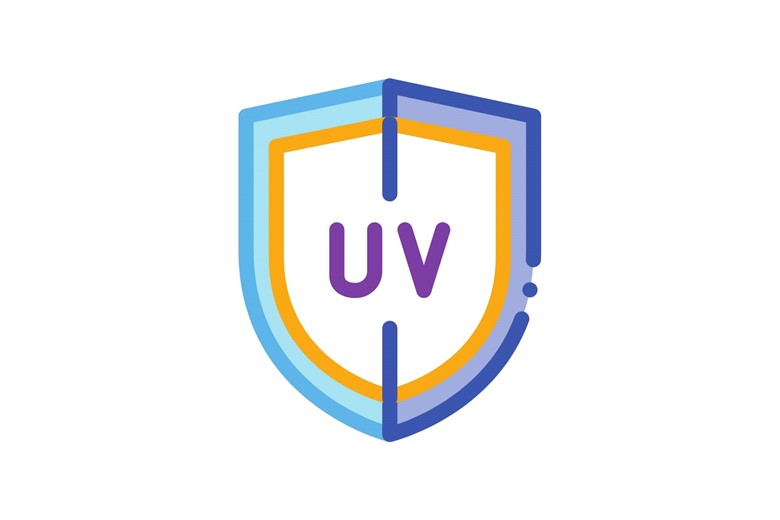
The most important benefits are protecting the skin from short and long-wavelength UVA and UVB rays.
I) Nano-Particles:
Titanium dioxide is scaled much smaller than zinc oxide ranging from 10 to 100 nm, making it less conspicuous on the skin. It is the best choice for dark skin because it doesn’t leave an opaque layer.
II) Non-comedogenic:
Just like Zinc oxide Titanium dioxide is also non-comedogenic.
III) Gentle on the skin:
It is extremely gentle and best for sensitive-skin people.
Well, I have a question Are there any specific skin conditions where we can use this skin friend?
Oh yes, if you have the following skin condition then you can go for this sunblock or sunscreen.
1) Rosacea:

Rosacea is the redness of the skin due to vasodilation (dilation of vessels) and is common in fair-skinned people affecting an estimated 14 million Americans. (1 out of 20).
So what, then how does sunblock work here?
Well, as we discussed zinc oxide has an antimicrobial effect and titanium dioxide is gentle on the skin so it is best for sensitive skin people.
2) Wrinkles:
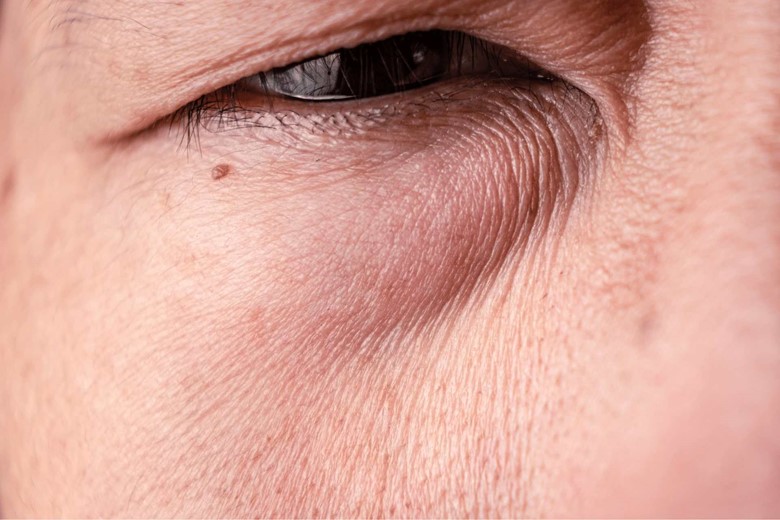
Wrinkles are the lines or folds on the skin. Sun rays are also the main cause of it. Zinc oxide in sunblock has a wide range of protection against ultraviolet rays including short UVA and all UVB rays.
3) Acne-prone skin:

You must know because we had discussed earlier that titanium dioxide is scaled down much smaller than zinc oxide so it is best for those people whose skin is more prone to acne and blemishes. After all, it is lightweight and doesn’t clog the pores.
Now the pros and cons are explained here in a table which will make it much easier for you.
Pros and cons of physical sunscreen or sunblock
What? Are there any CONS of sunscreen like this?
Well, there is little of it. Nothing is perfect in this world.
| PROS | CONS |
| Provide protection against UVA and UVB and are naturally broad-spectrum. | Remove easily due to rub off, rinse off, and sweat off means require more when you are outdoors. |
| Gentle on the skin so best for sensitive skin due to titanium oxide. | May leave a white cast-off on the skin making some of the formulas incompatible for medium to dark skin tones. |
| Antimicrobial due to zinc oxide. | |
| Non-comedogenic means won’t clog your skin pores. | |
| Gives protection as it is applied no need to wait for the application. | |
| Better for heat-activated skin such as rosacea and skin since it deflects sun rays from the skin. | |
| Long-lasting when in direct sunlight but not when doing activities due to sweat. | |
| Best for babies too. |
Sunscreen:

It is also called chemical sunscreen which contains a chemical compound that absorbs ultraviolet rays, changes into heat, and is then released and scattered from the skin.
The active ingredients of chemical sunscreen are avobenzone, octinoxate, and oxybenzone.
1) Benefits of avobenzone:
It is an oil-soluble sunscreen agent and is marketed as broad-spectrum sunscreen because of protectING skin from the sun’s entire range of UVA rays. It is also used in other cosmetics products to protect their ingredients from the sun’s bad effects.
2) Benefits of octinoxate:
Octinoxate is an organic (compound of carbon and hydrogen usually obtained from living material) compound used in chemical sunscreen, that provides protection against a certain wavelength usually it blocks UVB rays.
3) Benefits of oxybenzone:
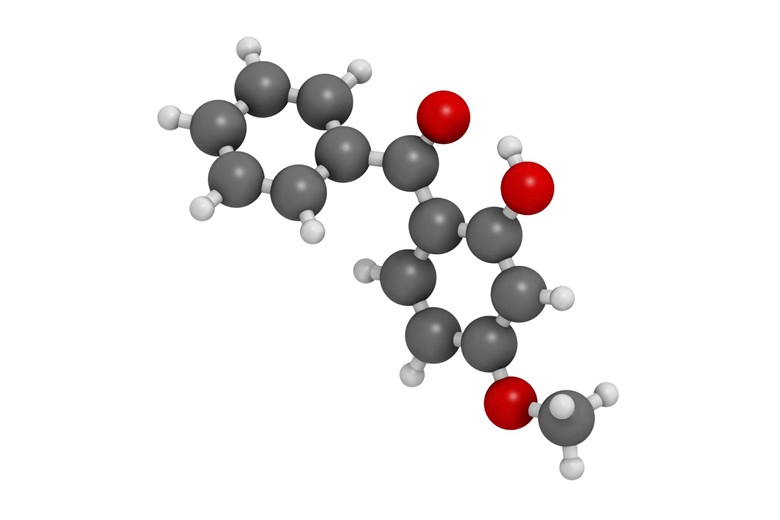
Oxybenzone is one of the most common chemical filters used in commercial chemical sunscreens. The primary function of oxybenzone is to absorb UV light, but research has also shown that it is also absorbed by the skin and stays in our bodies for an unknown amount of time. It is also used in fragrances, hair spray, nail polish, and cosmetics as a photostabilizer.
According to the Environmental Working Group, oxybenzone is found in 80 percent of chemical sunscreens. The Federal Centers for Disease Control and Prevention has found oxybenzone in more than 96% of the United States population, being higher concentrations used during the summer months.
Now again here, can you please tell us about the pros and cons of this chemical sunscreen product?
Of course, I am here to explain these all for you.
| PROS | CONS |
| Required in less quantity than physical sunscreen because there is no space between molecules. | Require 20 minutes to start its work after application. |
| Thinner and spread like a lotion on the skin making it easy to apply. | Ingredients like oxybenzone have negative environmental effects including pollution evidence from coral reef damage when washed off by swimmers. |
| Best for those who play sports or sweat a lot. | Increase the chance of irritation and stinging especially for those who have dry skin and damaged moisture barrier. |
| Also, best for the swimmers who needs a water-resistant formula. | Higher sun protection factors such as the formula of SPF 50 or greater higher the risk of irritation. |
| Can be used with products like enzymes and peptides giving you boost protection. | Sunscreen absorbed on the skin can be absorbed in and found in blood, urine, and breast milk damaging for the baby too. |
Let’s talk about skin types too because when selecting sunblock or sunscreen, recognition of skin type is necessary.
Let’s talk about skin types too because for selecting sunblock or sunscreen recognition of skin type is necessary. Skin plays a very important role in the protection of our body because it is the first organ that fights germs.
Skin types:
Not all humans in this world have just only one kind of skin. Mainly there are two types of skin DRY and OILY. So for oily skin, oil-free sunblock is best, and dry needs oiled sunblock.
So what is the difference between sunblock and sunscreen?
Sunblock completely blocks the UV rays of sunlight by reflecting it while sunscreen absorbs the sun rays and then transforms them into non-damaging rays or heat.
Conclusion:
Now after details I would also like to ask which one is best then?
Mmmmm, Good question indeed.
Which one to choose?
Ohh, yes. Well, after the whole conversation, I recommend and suggest sunblock but wait I want to tell you the most important
Announcement:
that in America sunblock and sunscreen are all named sunscreen but the main difference is sunblock (physical sunscreen or mineral or organic sunscreen) is called physical sunscreen while sunscreen is called chemical sunscreen. So don’t worry if you have not found sunblock just look for mineral or physical or organic sunscreen.
Okay, one more last question.
what do you recommend for people?
To sum up, the discussion I recommend you sunblock which is, in fact, physical or mineral, or organic sunscreen because it is
Natural,
non-harming for babies,
and
long-lasting effect.
Just think when someone says there is a chemical in this product. What comes to mind? Indeed, you will feel some hesitation to use it for yourself and your kids. And when you think about natural things, everyone’s mind gets clear and feels happy when they know about the natural ingredients in a product. So in this case, the physical sunscreen, formerly called sunblock, is good for your health, your family, and your cute babies.
I recommend the following physical sunscreens for you and your kids.
For your kids.




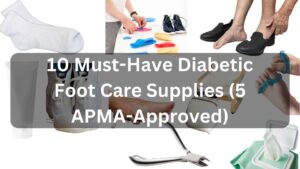



4 thoughts on “Sunblock vs sunscreen which is better”